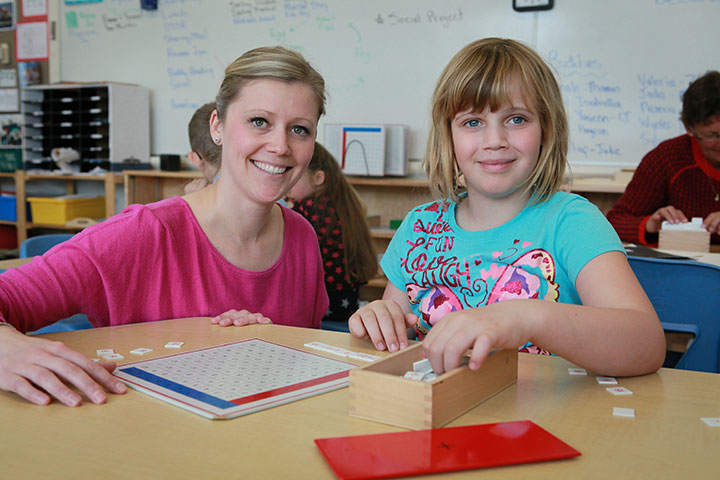Apr. 15, 2018

This school year, the CBE has implemented our K-12 Mathematics Strategy to help students be more successful in their math learning. This strategy guides principals and teachers in determining the appropriate actions to take to improve student outcomes in mathematics in their school.
Our data shows that students and teachers are benefitting from having math coaches in the classroom. The introduction of running records has also been significant and supports teachers’ ability to assess students’ knowledge of basic facts. Hundreds of elementary teachers have participated in professional learning opportunities.
As we continue to move forward on the math strategy, resources are being created that connect content from the Mathematics Program of Study to the CBE report card stems. Evaluation guides have also been developed on specific topics for Gr. 6 and 9 that are available to teachers with the intention that these will create more consistent evaluation across schools. We will also be creating resources to support teachers in communicating more complex forms of computational proficiency to parents.
The key actions that have been implemented in 2017-18 include:
1. Deploying math learning coaches in classrooms.
- Twenty-five math coaches are supporting 42 schools with a concentration on grades 5, 6 and 9. They are working on improving teachers’ capacity for math instruction and assessment as well as student learning. The coaches are focusing their support on three areas including number, shape and space, and patterns and relations.
2. Exceeding Alberta Education’s recommended instructional time in Math in Grades 1-9.
3. Building shared understandings of high-impact mathematics instructional and assessment practices.
- Resource materials such as Running Records have been identified and shared with teachers.
- A framework has been developed and shared with principals and educational leaders
4. Supporting mathematics professional learning with groups of math teachers, school-based support, and individual opportunities.
- Using a mathematics professional learning model that involves 54 schools along with a school-based support model that involves 18 schools.
- Participating in a math research series in partnership with the Galileo Network and Werklund School of Education that is supporting 50 teachers.
5. Identifying and building assessment resources for procedural fluency and problem solving.
- Math running records resources
- Mathematical discussion resources that teachers can use in the classroom
6. Building coherence in communicating with families about mathematics learning.
- Creating resources that teachers can use to show parents how their child is doing in their math learning. The CBE mathematics team has created a communication tool for teachers to use when sharing math learning with parents on the topics of addition, subtraction, multiplication and division with parents.
- Math running records assessment resources for teachers that include videos and presentation slides, and help them understand and assess how well students are learning.
- Supporting school-based parent math nights with resources and materials.
7. Building data sets to inform future years’ actions.
- Teacher and administrator survey.
- Student surveying will be done in the spring.
If you have any questions about your student’s math learning, please contact your child’s teacher.
